This article is a special feature to commemorate the 70th Anniversary of Korea’s Independence. The Overseas Coverage Team of the CNU Press and Broadcasting Center visited Yanbian in northeastern China from June 22nd to 26th, 2015. – Ed.
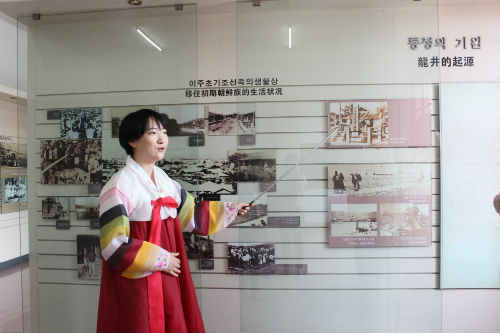
"Yanbian is Korea-in-China!" It was the first impression when this reporter took a first step at Yanji City in Yanbian Korean Autonomous Prefecture. Most signboards on the streets are written both in Korean and Chinese and the lifestyle of Yanbian residents is the almost same as in Korea. The Coverage Team Members looked around the sites of the independence movement against Japan and interviewed families of the independence activists and the students of Yanbian University. In this article, the Chonnam Tribune reports management of the historical sites and the real life and ethnic identity of Joseonjok, the ethnic Koreans living in China.
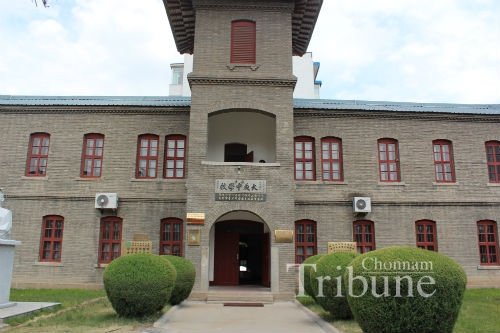
Relics of Independence Movement in Yanbian
Yanbian has Korean historical sites focusing on the independence movement during the Japanese colonial period. Yongjeong Middle School is the former Daesung Middle School that turned out independence activists. The history museum of the school displays and preserves documents related to Independence Movement and the history of Korean migration to northern Manchuria. It has the memorial exhibition for the famous Korean poet, Yun Dong-joo who studied at the school and resisted the oppression of colonial occupation. While looking around the museum, we could imagine how Korean students grew up in the educational environment that preserved Korean nationality and struggled against Japan at that time. The birthplace of Yun Dong-joo located in Meongdong Village displays historical exhibits and the monument commemorating the 70th anniversary of his death. His poems are carved on the rocks along the streets of the village. His nationality was written as ‘Chinese’ instead ‘Korean’ on a signboard at the entrance, but the whole birthplace seems to have been managed well. Walking along the streets of the village, we felt his resistant spirit and self-introspection.
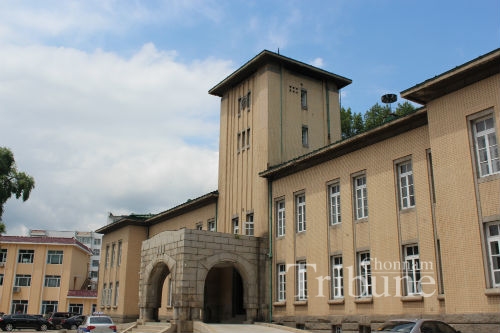
We also visited the former building of the Japanese Consulate-General Office leaded the Gando Invasion in 1920. This building is now used as the Yongjeong Government Office but it still has the underground prison where the Japanese police tortured Korean independence activists. Though we could not enter the building because the Government blocked civilians’ access to the place, this reporter saw a picture depicting a Japanese police torturing a Korean through the window. It is regrettable that the broken piece of an information board lay on the floor outside of the building. It seems to show our indifference to historical relics abroad like Yanbian.
Descendants of Independence Activists and Joseonjok
It is conservative to say that Korean liberation was achieved thanks to the sacrifice of independence activists and their families. We visited the house of Park Sun-hee, whose father-in –law, Kim Hak-jun, was jailed in the Seodaemun Prison for 10 years. During the time, his wife assisted him to deliver the name lists of Japanese confidential informants. As a result, some of the informants were punished, but there was no one who knows about her name and work at that time. Even though she has tried to prove his involvement in Korean independence movement, the Korean government has not acknowledged Kim Hak-jun as a man of national independence merit. “It was too hard to find someone who can help me,” she said. Here are not any organizations to cover these kinds of cases,“ she said. Another descendant, Lee Nam-jo, whose father and cousin participated in Independence Movement said, “After my father joined the movement as an independence activist during the Japanese colonial period, our lives became extremely tough.” Her only wish is to visit Korea and to step on the ground of her ancestor’s country. “I always hope my homeland Korea and all Koreans will do well in the future,“ she added. During the interview, we felt not only their resentment for the Korean Government but also their love for Korea, even though they lived hard in the past and are not necessarily well-off compared to the other ethnic inhabitants of the province.
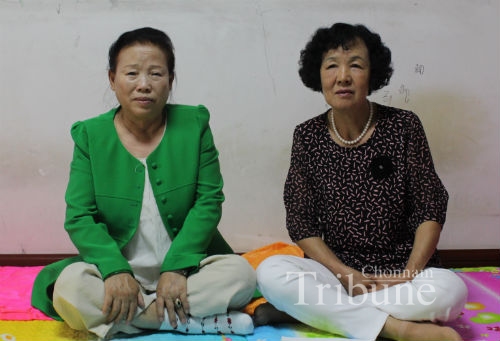
We wondered about the Joseonjok’s perception of their ethnic identity and asked students of Yanbain University for their opinions about it. Park Ryeon-a (Graduate Student, Marxist Ethnic Theory and Policy) said, “As we think our ethnic origin is the same as Koreans, we have interacted with Korea very actively.” Byeon Sung-il (Graduate Students, Chinese Ethnic History) pointed out the problem of educational courses in that junior students do not have enough chance to learn detailed Korean history. Kim Ho-gul (Graduate Student, Chinese Ethic History) said, “The most effective way to learn about history is to see and feel the past from people who lived it in person by visiting historical sites and museums.” The Yanbian Korean Autonomous Prefecture has tried to preserve and promote Korean ethnic identity and culture before. Currently, the population of Joseonjok in Yanbian has decreased because many people leave for big cities or abroad with a multipurpose intention that includes seeking lucrative job opportunities. Professor Son Chun-il at Yanbian University said, “The Joseonjok population decline in Yanbian affects their understanding of the meaning of their home country. It makes it difficult to maintain their Korean ethnic identity. This problem is what most Joseonjoks worry about.”
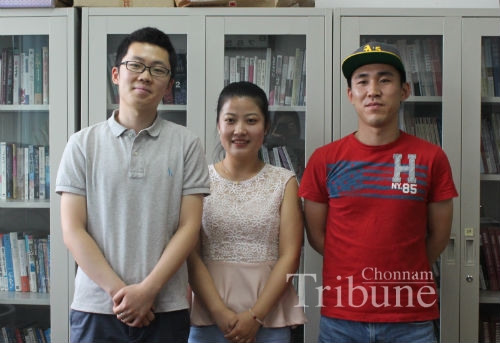
Our Attention Needed
Yanbian can play an important intermediary role between China and Korea. However, their nationality is Chinese and most of them have been educated the history of China. We have to cultivate a profound interest in Korean-Chinese people in Yanbian before it is too late. More importantly, we need to develop practical and sustainable measures to promote their ethnic identity and to improve their current situation. Professor Son said that in Korea, the overseas anti-Japan Movement of the 1930s has not evaluated as the same as the Movement of the 1920s due to the underpinning ideology. We also need to know more details about the independence movement in the 1930s. It is now time for us to make our efforts for cooperation between the people in Korea and the ethnic Koreans in China.
By Park Su-kyeang, Student Editor

